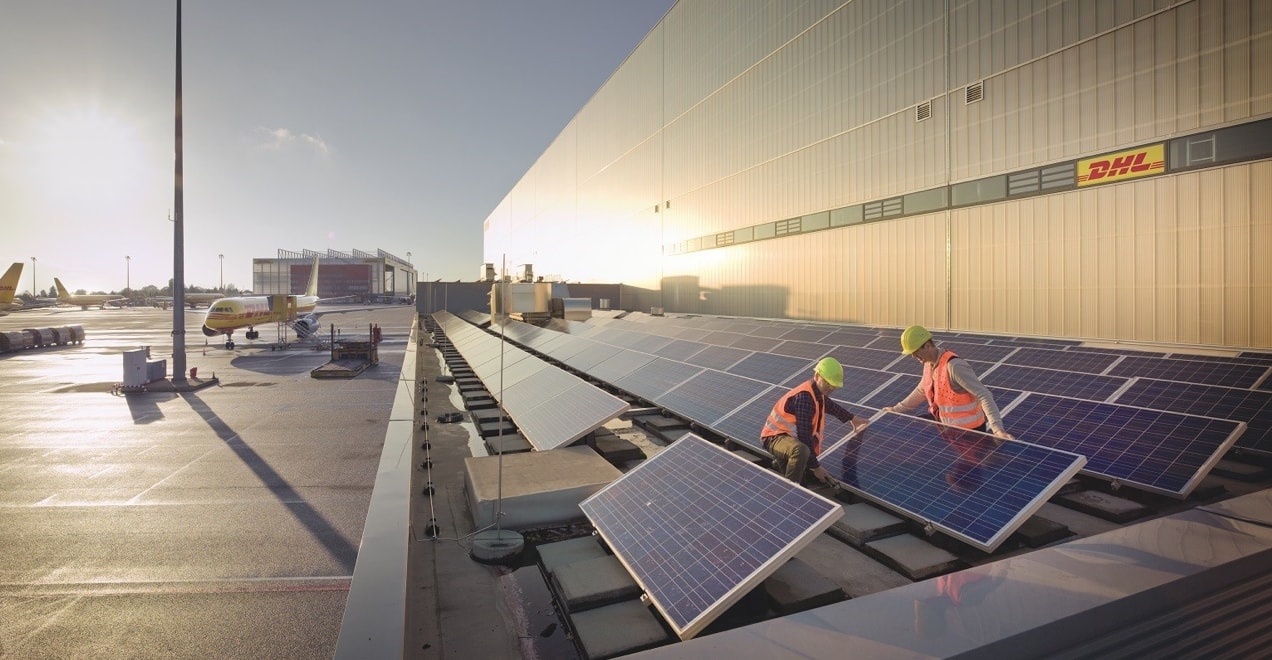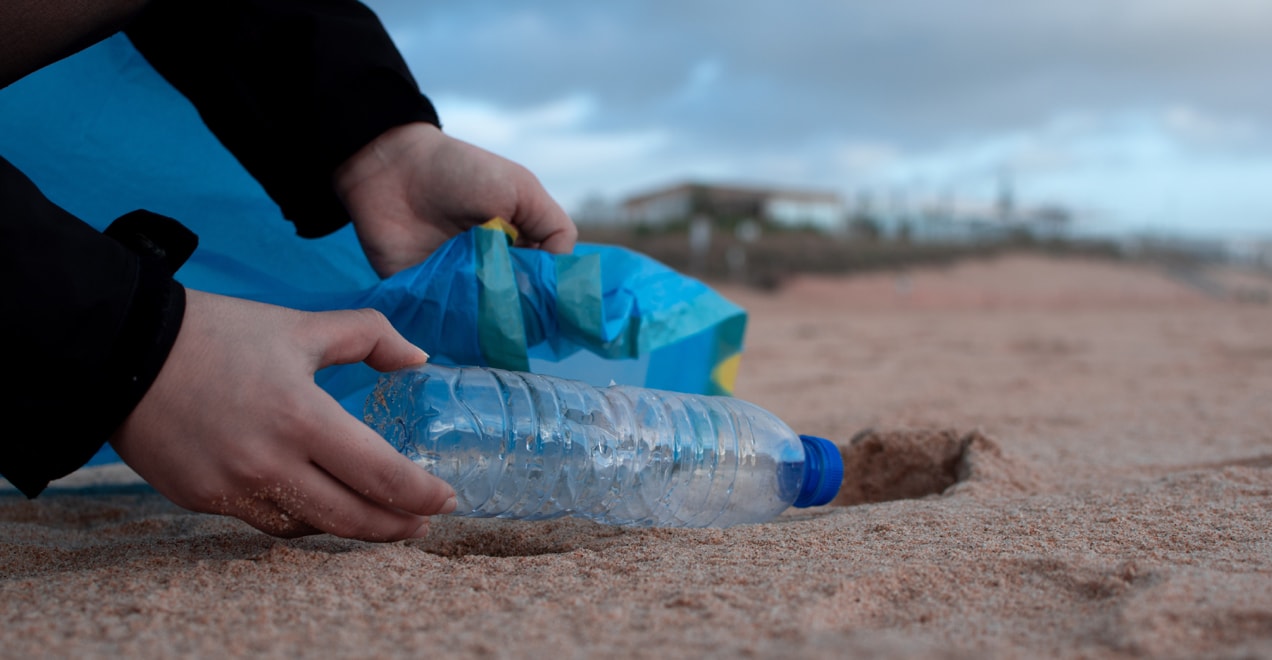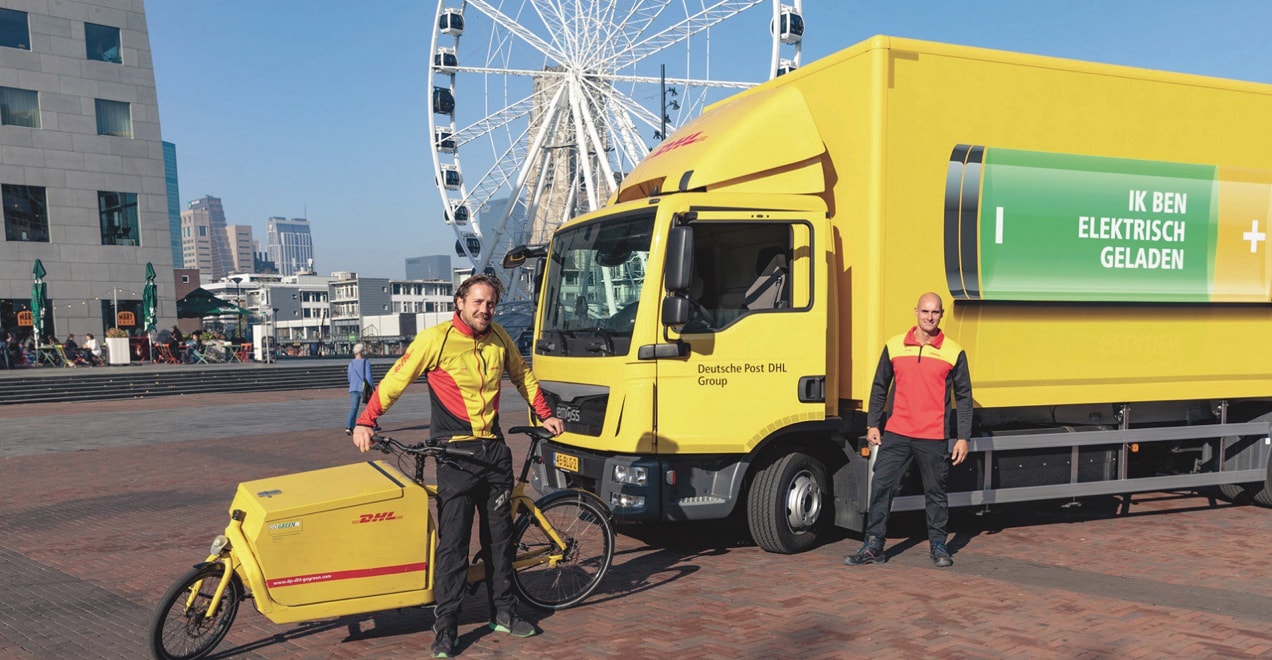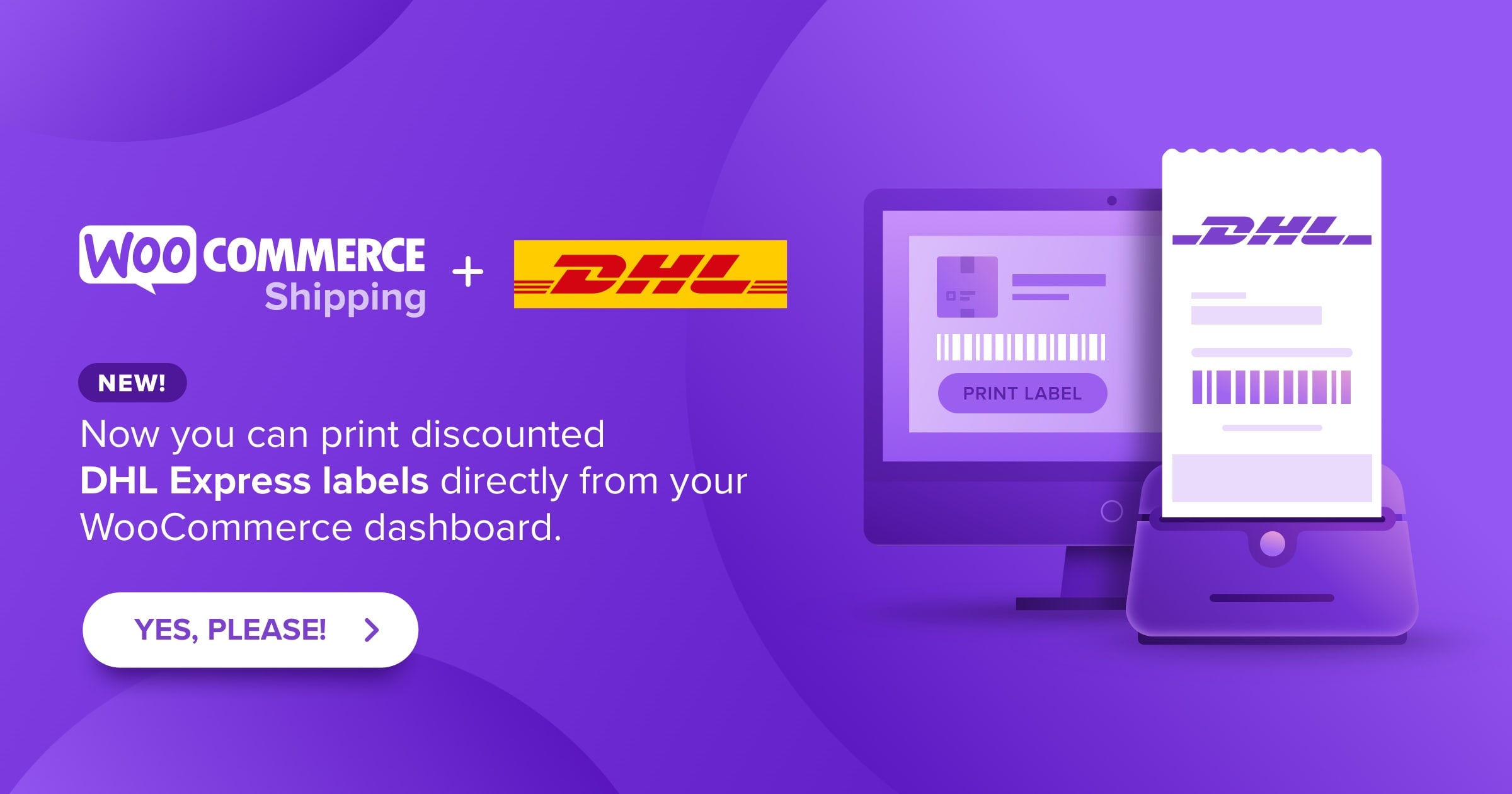More people are spending time online than ever before — preliminary statistics indicated that internet usage went up as much as 70% in 2020.
So it shouldn’t come as a surprise that 2020 also saw a massive boom in eCommerce and that sales remain steadily on the rise. That’s great news for store owners, but it presents a growing concern: how to reduce the carbon footprint while continuing to ship precious cargo to customers near and far.
From straightforward changes to long-term investments, here are some ways you can be more sustainable with your shipping practices.
Hint: it doesn’t have to be hard!
Partner with a shipping company that’s committed to the environment
While there’s a lot you can do on your end to reduce your footprint, there’s just as much on the delivery side that you don’t have control over. This is where partnering with a green-minded shipping company comes in handy. DHL, for example, has a fairly aggressive plan to reduce its greenhouse emissions by 2030 and achieve net zero emissions by 2050.
To accomplish this, DHL set an emissions target in line with the Science-Based Targets initiative (SBTi), which provides companies with a clearly-defined path to reduce greenhouse gas. An investment of seven billion Euros will be used to increase the company’s use of sustainable aviation fuels, design new buildings as carbon neutral, electrify 60% of its last-mile delivery fleet, and more.

“DHL has purchased 12 electric aircraft from Eviation, which will operate on all routes currently serviced by piston and turbine aircraft,” the company announced in an August 3rd press release.
“We firmly believe in a future with zero-emission logistics,” John Pearson, CEO of DHL Express, said in a statement on August 6, 2021.
Reduce supply chain waste
When we talk about reducing supply chain waste, we’re not just talking about leftover packaging (although, that’s certainly not a bad place to start). You can also reduce waste by optimizing and streamlining your supply chain processes in order to lower production costs and reduce the amount of storage space required.
Let’s face it: poor planning often leads to overproduction, failed deliveries, additional transport journeys, and extra hours worked. Think about the implications of this in terms of time, gas, energy, dollars, and other resources. Is it worth it? Probably not. But, with streamlined systems in place, you’ll be able to handle your shipping processes much more efficiently, and you’ll be doing the planet a serious kindness at the same time.
Learn more about optimizing inventory management – including advanced forecasting methods and software solutions.
Consolidate orders
Give customers the option to wait a little longer for their items and ship them together. Obviously, this applies to customers who’ve ordered products with various turnaround times or those who know they’ll be placing more orders soon.
Consolidating orders saves on resources in numerous ways. Not only does it result in less packaging waste, but it reduces transportation costs and emissions.
Offset your carbon footprint
Neutralize your daily emissions by engaging in activities that offset your footprint. This can include things like planting a tree for every item sold, donating to an eco-related charity on your customers’ behalf, or hosting a monthly beach cleanup with your company. These are just some ideas to get you started, but get creative.

Get your whole team on board and have fun with it — let it be something that everyone gets excited about. A little enthusiasm goes a long way and making a conscious group effort to replace the planetary resources you’re using can really drive customer loyalty. Being eco-conscious is no longer just a trend for green-minded individuals. It’s a global initiative, and one that’s worth being a part of in order to maintain a thriving business.
Invest in quality packaging
Having well-made, sturdy packaging significantly reduces the odds your products will get damaged in transit and, thus, returned. Everyone knows that returns cost money because of wasted inventory. But they also result in more environmental waste, added work hours, excess transportation costs and, of course, greater emissions.
Sure, quality packaging might cost a little more upfront, but can save money, stress, resources, and waste over the long term. Plus, there’s no denying that quality packaging directly affects brand and product perception, so it’s a worthy investment.
Use electric vehicles for deliveries
While the upfront cost of purchasing electric vehicles might seem daunting, the long-term benefits are often well worth it. This is particularly true if you’re a large operation that handles frequent deliveries. First and foremost, electricity is a much cheaper fuel than gas or diesel. And, as the electric grid becomes cleaner by incorporating more solar and wind power, the environmental benefits will increase. Over time, you’re likely to notice significant savings as well.

Not ready to invest in a whole fleet of electric vehicles for your business? Well, if you’re using DHL, then you’re in good shape. Around a fifth of the company’s delivery fleet is now zero emissions and that percentage is steadily growing so that they can hit their zero emissions target by 2050. If you’re not already partnering with a sustainable shipping company, now is a great time to start.
Don’t use large boxes for small items
This one’s pretty obvious — a small object in a large box just means extra waste. Nevertheless, many companies purchase boxes in large runs because it’s more cost-effective, so they choose the sizes that they know lots of items will fit into.
But, did you know that nearly eight in ten consumers say that sustainability is important to them? Furthermore, a majority of these consumers are willing to pay a premium — as much as 35% — on brands that make sustainability a priority. So, consider raising your prices slightly to offset the extra cost of purchasing packaging in various sizes.
Ditch plastic packaging
More and more companies are beginning to do away with plastic entirely, specifically in their packaging. Sony, for example, has developed something called “Original Blended Material,” a sustainable paper composed of bamboo, sugar cane fiber, and post-consumer recycled paper. The paper is strong, durable, and recyclable. It doesn’t use any plastic but still protects electronic products. A zero-plastic, 100% recyclable packaging material is a breath of fresh air for the planet.
While not everyone has the resources to hire an R&D team to come up with their own sustainable paper products, you can still begin by reducing the amount of plastic you use. Again, there may be a cost increase involved, but opting for more sustainable packaging materials will encourage the development of groundbreaking solutions in the future.
See more examples of green packaging solutions.
Offer customers a wide range of delivery options
When a delivery fails — because of a miscommunication, poor timing, theft, or anything else — that means an extra transport journey for the package and more wasted emissions. Customers have unique needs when it comes to accepting packaging.
By partnering with a delivery company that offers options like local locker pickup, scheduled deliveries, and special protocols (like leaving items with a trusted neighbor), you can reduce failed deliveries and contribute to an efficient, more eco-friendly shipping system.
DHL offers unique delivery options and detailed tracking so customers can anticipate and prepare for their package to arrive.
Make sure product descriptions are accurate
Do your product descriptions clearly articulate what customers are about to purchase from your site? Hiring a good product photographer and copywriter can really come in handy here.
Make sure that the products you’re selling are adequately showcased in quality photographs alongside thorough descriptions of the product. These include things like product specs (measurements, sizes, etc.), materials, care instructions, and any other information you think your customers might find beneficial. This minimizes returns and means fewer emissions, less waste, and a happier planet.
Simple steps can lead to long-term benefits
One simple and effective way that you can start making a difference is by partnering with eco-conscious shipping companies like DHL, particularly if you’re doing business internationally. WooCommerce now makes this even easier by providing the option to print your DHL international shipping labels without ever leaving your WooCommerce dashboard. Plus, you get a discount on shipping costs!
No company can completely eliminate waste overnight. But these days, customers are actively seeking eco-friendly retailers. This means that stores who work to do their part will not only contribute to a healthier world but will enjoy more efficient, lower-cost operations and even be rewarded with greater sales and more loyal customers.
